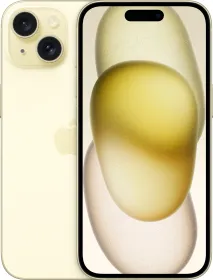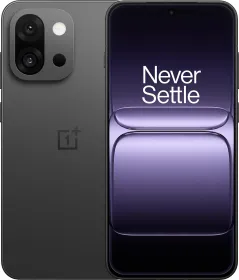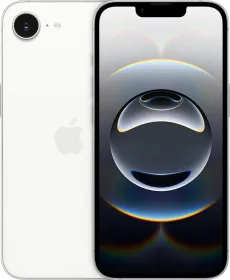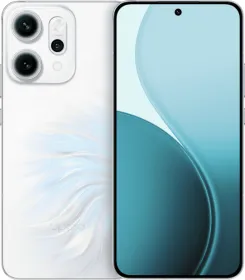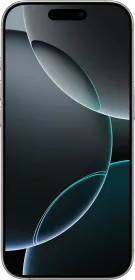TL;DR
- with the iPhone 16, removing the battery will be significantly easier, thanks to the new “ionic liquid battery adhesive.”
- The iPhone 16 lineup (including both the regular and the Pro variants) allows technicians to swap the TrueDepth Camera setup between units.
- Apple is also improving support for third-party and used parts, which can now be calibrated through cloud-based servers.
Although Apple didn’t discuss this at the Glowtime launch event, the iPhone 16 is leaps and bounds ahead of the previous generation regarding repairability. While it is much easier to remove the new iPhones’ battery, Apple has also improved the support for third-party/used repair parts across the board on the new iPhone models.
iPhone 16’s Battery, Face ID, And TrueDepth Cameras Repairs Are Easier Than Ever
Battery

With the iPhone 15, the battery was a bit hard to remove, especially since the adhesive that put it in place was difficult to get rid of. However, with the iPhone 16, removing the battery will be significantly easier, thanks to the new “ionic liquid battery adhesive,” which detaches upon being exposed to a low-voltage electric current.
Hence, in theory, technicians should be able to remove the original battery using a 9V cell, which is readily available. Moreover, removing the battery should be faster and, more importantly, safer.
ALSO SEE: Vivo Mobile Phones Price List in India (Sep 2024)
TrueDepth Camera Sensor
The iPhone 16 lineup (including both the regular and the Pro variants) allows technicians to swap the TrueDepth Camera setup between units without compromising on privacy, security, or the effectiveness of the component. In the past, Apple handled such repairs exclusively, implying that users would have to visit an authorized store to get their iPhones repaired.
However, that changes with the iPhone 16. Even the LiDAR sensor on the Pro models is serviceable at third-party repair centers.
Apple Diagnostics And Repair Assistant
Last but not least, the Apple Diagnostics (starting with iOS 18) and Repair Assistant will help users determine which parts need to be replaced, and technicians configure new/used Apple parts on the device itself. This can now be done without contacting Apple’s personnel, which used to be the norm (and would continue to be the norm for the iPhone 15 and older models).
Both features help users and technical personnel diagnose issues without having to submit devices and wait to hear back from the company.
ALSO SEE: Mediatek Dimensity 6300 Mobile Phones Price List 2024
Improved Support For Third-Party/Used Parts

Apple is also improving support for third-party and used parts, which can now be calibrated through cloud-based servers. If there’s a problem, iPhones will attempt to activate the part without affecting its usability. The part will still show in the device’s repair history and be marked as “used.”
Further, upcoming iOS updates will also enable the True Tone feature on third-party display units, which are cheaper than the original ones. Similarly, third-party battery units will also get support for battery health, which wasn’t available with the iPhone 15 series. The LiDAR sensor on the device should work when replaced without configuration. However, its performance could vary.
Moreover, the iPhone 16 offers the best reparability, a step in the right direction. While customers can still order Apple’s Self-Repair kits, they can also opt for third-party repairs, which are much cheaper and accessible.
ALSO SEE: Intel Core Ultra 5 CPU Laptops in India 2024
You can follow Smartprix on Twitter, Facebook, Instagram, and Google News. Visit smartprix.com for the latest tech and auto news, reviews, and guides.















